299 posts
Latest Posts by curiositytherover - Page 5
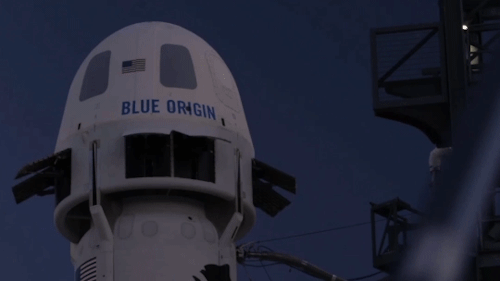
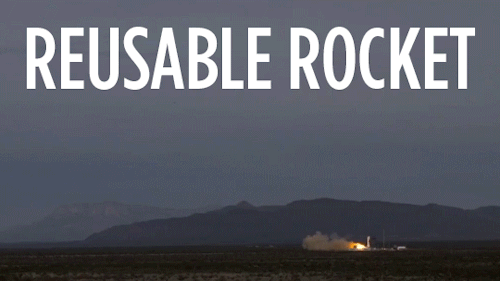


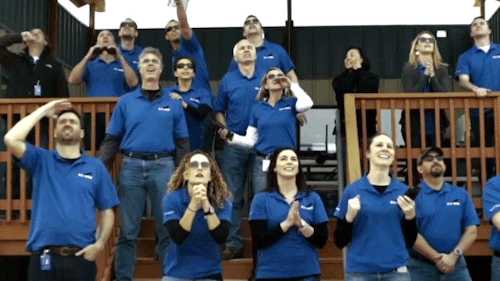
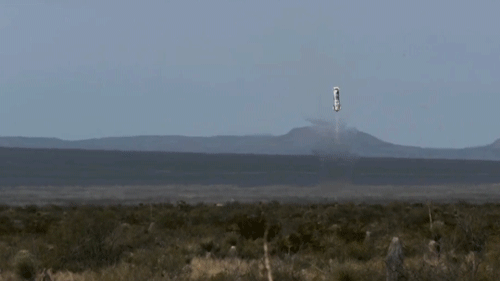

Via his very first tweet, Jeff Bezos announced that his spaceflight company has accomplished a historic first. It sent a rocket to the edge of space and then landed that rocket’s main fuselage gently on dry land.
Most things humans have sent into space are pushed up there by a disposable rocket. Once the rockets do their job, they fall back to earth, usually worse for wear. They have to be rebuilt each time (though sometimes their parts can be reused). That’s an expensive process, especially if you are a private company hoping to bring tourists to space. Virgin Atlantic, Elon Musk’s company SpaceX and Bezos’ Blue Origin all want to do just that.
And now Blue Origin has paved the way, landing its rocket on its second attempt (the propulsion module was destroyed when they first tried). Here’s the video in full:
Elon Musk responded to the news on Twitter. He pointed out that it requires much greater speed to actually reach orbit than it does to reach the edge of space. (Phil Plait has some good analysis of the exchange over on his Bad Astronomy blog.)
Still, it’s a pretty amazing accomplishment.


We’ve hit peak drone everyone.
Introducing: The delivery drone for humans.

“Zeno Effect” Verified: Atoms Won’t Move When They’re Being Watched
Remember playing Super Mario Bros. 3 as a kid (okay, maybe as an adult, too) and encountering Boos? The sneaky ghosts would only move when you weren’t watching them. Well, Cornell physicists proved that, much like the fictional enemies from the Mario universe, a quantum system can’t change while you’re watching it.
Learn about the physics behind the find: http://futurism.com/links/20727/

Measuring the Life of a Human: What Events Will We Miss?
When compared to the life of the universe, the life of a human only lasts the span of a single blink. So, what won’t we get to see?
Find out at: http://futurism.com/videos/measuring-life-human-events-will-miss/

The 7th Row of the Periodic Table is Finally Complete
And with a single announcement, millions of text books around the world have been made incomplete—out of date. This comes as four new elements are added to the periodic table, finally completing the table’s seventh row. The elements, 113, 115, 117, and 118 were discovered by scientists working in Japan, Russia, and America. Now, the International Union of Pure and Applied Chemistry (IUPAC, the body that is charged with overseeing standards in the world of chemistry) has confirmed the finds. Ultimately, these are the first elements to be added to the table since 2011. They were verified in an announcement released on Dec. 30.
Learn more: http://futurism.com/links/the-7th-row-of-periodic-table-is-finally-complete/


It’s not (completely) your fault. -ScienceAlert

What a way to spend Christmas!
Solar System: 2016 Preview
What do we have planned for 2016? A return to the king of planets. A survey of mysterious Ceres. More postcards from Pluto. Anyone who follows solar system exploration in 2016 is in for quite a ride. Last year was one for the record books – and now here are 10 things to look forward to in the new year. See also: what we have planned agency wide for 2016.
Juno Arrives at Jupiter

July 4, 2016 is arrival day for the Juno mission, the first sent expressly to study the largest planet in the solar system since our Galileo mission in the 1990s. Humans have been studying Jupiter for hundreds of years, yet many basic questions about the gas world remain: How did it form? What is its internal structure? Exactly how does it generate its vast magnetic field? What can it tell us about the formation of other planets inside and outside our solar system? Beginning in July, we’ll be a little closer to the answers.
OSIRIS-REx Takes Flight
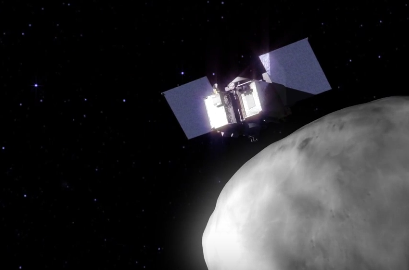
The OSIRIS-REx mission, short for Origins-Spectral Interpretation-Resource Identification-Security-Regolith Explorer, sets sail for an asteroid in September. The spacecraft will use a robotic arm to pluck samples from the asteroid Bennu to help better explain our solar system’s formation and even find clues to how life began.
Dawn Sees Ceres Up Close

After an odyssey of many years and millions of miles, in December the Dawn spacecraft entered its final, lowest mapping orbit around the dwarf planet Ceres. The intriguing world’s odd mountains, craters and salty deposits are ready for their close-ups. We can expect new images of the starkly beautiful surface for months.
Cassini Commences Its Grand Finale

In late 2016, the Cassini spacecraft will begin a daring set of orbits called the Grand Finale, which will be in some ways like a whole new mission. Beginning this year and extending into next, the spacecraft will repeatedly climb high above Saturn’s poles, flying just outside its narrow F ring 20 times. After a last targeted Titan flyby, the spacecraft will then dive between Saturn’s uppermost atmosphere and its innermost ring 22 times. As Cassini plunges past Saturn, the spacecraft will collect rich and valuable information far beyond the mission’s original plan.
New Horizons Sends More Postcards from Pluto

We have stared slack-jawed at the images and discoveries from last year’s Pluto flyby, but the fact is that most of the data that New Horizons collected remains on board the spacecraft. In 2016, we’ll see a steady release of new pictures — and very likely some expanded answers to longstanding questions.
Mars Missions March Forward
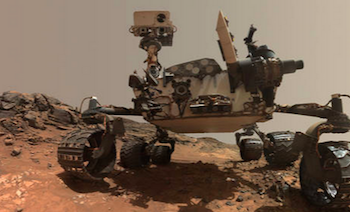
With five of our missions continuing their Martian quests, 2016 should be a good year for discoveries on the Red Planet.
Mars Odyssey
Mars Opportunity
Mars Reconnaissance Orbiter
Mars Curiosity
MAVEN
Mercury Transits the Sun

A transit is a very rare astronomical event in which a planet passes across the face of the sun. In May, Mercury will transit the sun, on of only thirteen Mercury transits each century on average.
LRO Keeps an Eagle Eye On the Moon

The Lunar Reconnaissance Orbiter (LRO) will extend its run in 2016, scanning the moon’s surface with its sharp-eyed instruments, investigating everything from lava tube skylights to changes at the Apollo landing sites.
Spacecraft Fly Under Many Flags

Our partner agencies around the world will be flying several new or continuing planetary missions to destinations across the solar system:
Akatsuki at Venus
ExoMars
Mars Express
Mars Orbiter Mission
Rosetta at Comet 67/P
Technology Demonstration Missions Push the Envelope
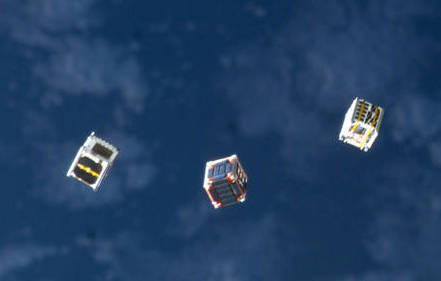
We’re always looking for new frontiers on distant worlds, as well as the technology that will take us there. This year, several missions are planned to take new ideas for a spin in space:
Deep Space Atomic Clock
NODES
LDSD
Make sure to follow us on Tumblr for your regular dose of space: http://nasa.tumblr.com










This Year in Space (infographic)
From Pluto to the most Earth-like planet ever discovered…this years was a fantastic year in space. Here are the most notable astronomical events from 2015.
May you all journey well into 2016.
See all our infographics at: http://futurism.com/infographics/
The Force Awakens: China Readies for Space Warfare
Moscow (Sputnik) Jan 01, 2016 The Chinese military is undergoing a gradual shift to cyber and space warfare, and the move is more visible now as a new command structure has been created. After testing an anti-satellite weapon last fall, China moved one step forward in its preparations for future warfare, with the emergence of a brand-new Space Force, as reported by Washington Times. In the event of an armed confl Full article




The world is racing to build a moon base — here’s what it could look like
The European Space Agency just reminded the world that it wants to build a base on the moon by 2030, using 3-D printed parts made from materials found on the lunar surface. But the ESA has some stiff competition.

Congress Instructs NASA to Build a Space Habitat by 2018
Some of NASA’s successes in 2015 include finding liquid water on Mars and icy mountains on Pluto. In fact, the agency has been making so much waves that the US Congress has decided to give it a raise.
However, there’s a catch.
http://futurism.com/links/congress-instructs-nasa-build-space-habitat-2018/
UCLA researchers create exceptionally strong and lightweight new metal
Los Angeles CA (SPX) Dec 31, 2015 A team led by researchers from the UCLA Henry Samueli School of Engineering and Applied Science has created a super-strong yet light structural metal with extremely high specific strength and modulus, or stiffness-to-weight ratio. The new metal is composed of magnesium infused with a dense and even dispersal of ceramic silicon carbide nanoparticles. It could be used to make lighter airplan Full article

Will Humans Ever Control the Weather? http://futurism.com/images/will-humans-ever-control-the-weather/




Today in the robot takeover: Disney has built a remote-control device that can climb walls while Singapore scientists created an eerie artificial being that can remember your past conversations (and may haunt your dreams.)
Synthetic Muscles
Huntsville AL (SPX) Dec 31, 2015 Muscles are miracles of nature. They convert energy into motion more efficiently than any gasoline engine or electric motor. They’re extremely resilient and even heal themselves. Instead of degrading with use, our muscles become stronger the more we work them. Researchers have long sought a way to recreate that miracle in prosthetics. So far, no one has succeeded. But Lenore Rasmussen, Pri Full article

You’ve gotta see it in action.

Activist Kosta Grammatis puts Internet access high on the list of basic human needs. Information, he says, enables people in developing nations to teach themselves how to grow food, purify water, even create power sources. on their own. He explains why the Web is a gateway to satisfying all those needs—and more—in this Qualcomm Spark essay.
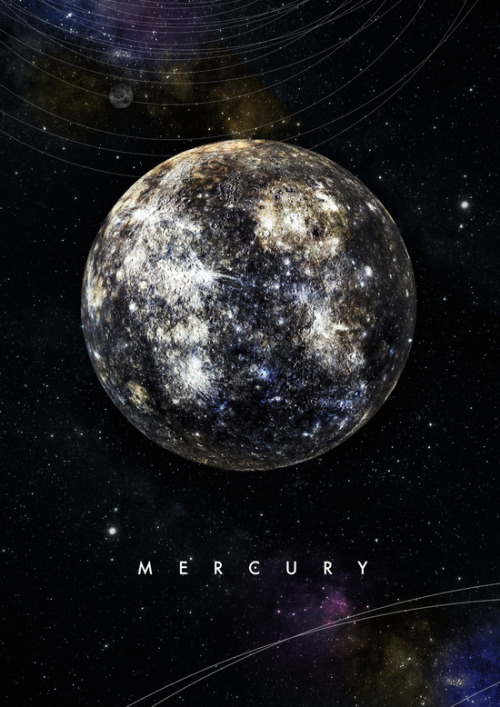
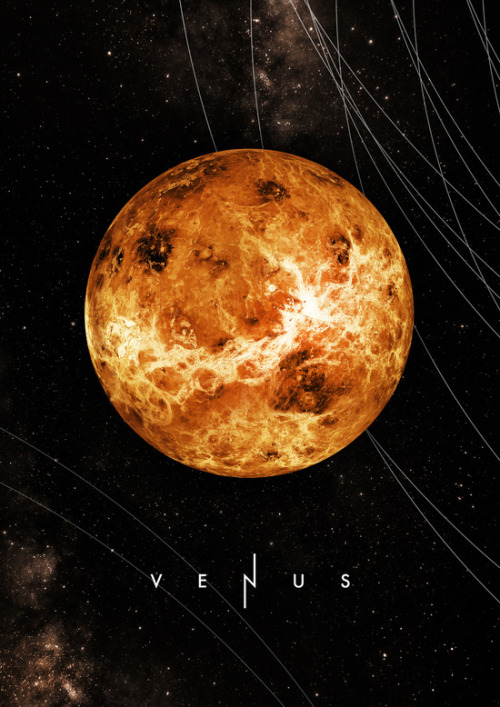
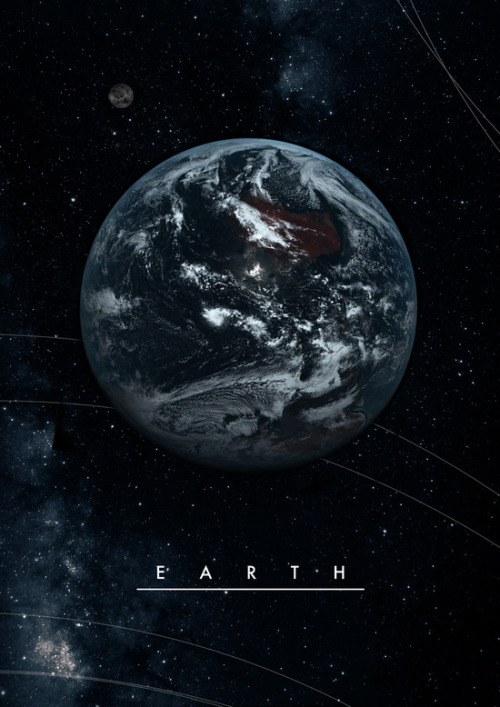
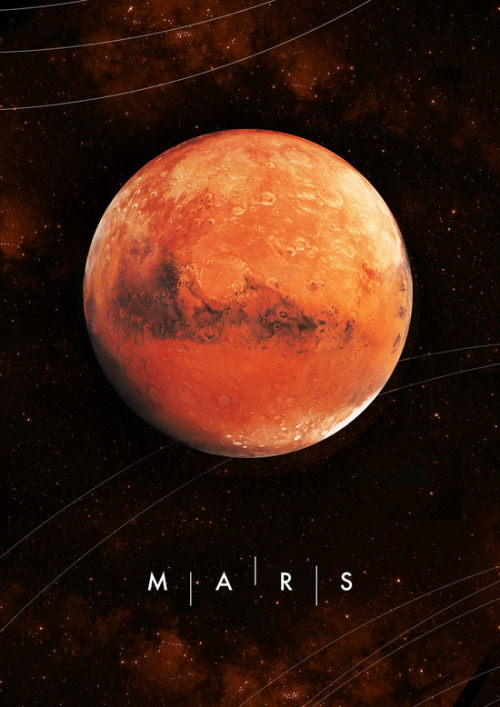
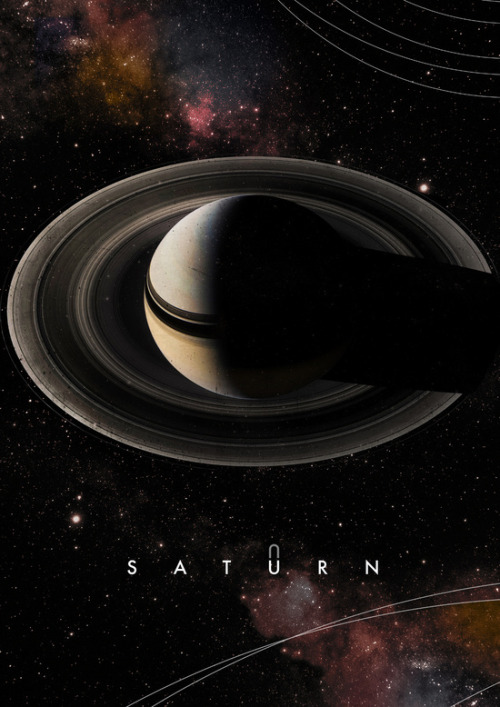
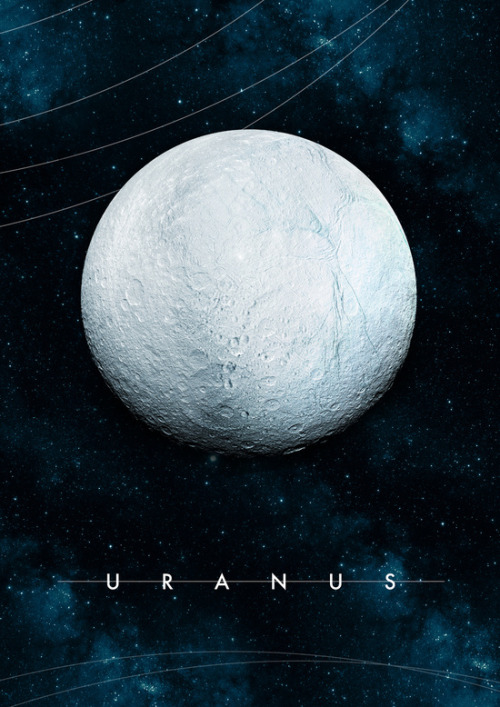
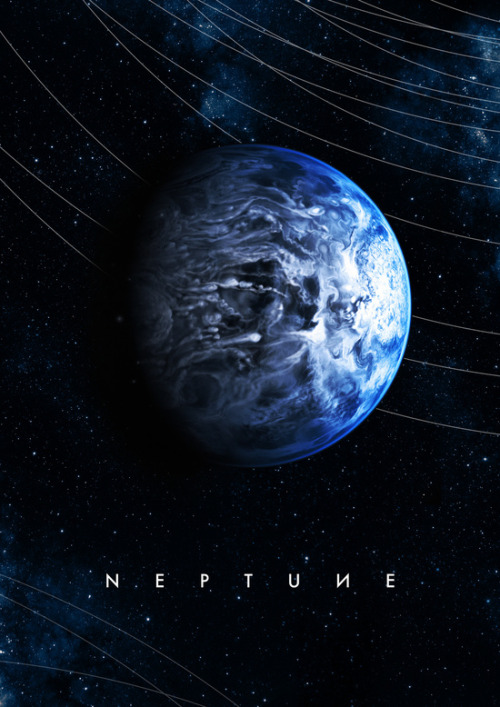

Alexander Pohl
Solar System: 2015 Year in Review

Two mysterious worlds explored for the first time. Liquid water seen flowing on Mars. A global ocean discovered hiding inside a moon of Saturn. Even during our Era of audacious solar system exploration, 2015 stands out. Here are a few highlights:
1. New Horizons Reveals the Face of Pluto

Whether or not you call it a planet, Pluto entranced the people of Earth when it sent a love note from three billion miles away via our New Horizons spacecraft.
2. Dawn Comes to Ceres

The dwarf planet Ceres, the largest object in the main asteroid belt, teased explorers with its bizarre bright spots before finally giving up some of its secrets to the Dawn spacecraft. HERE are the latest findings.
3. Cassini Marks Discoveries and Milestones at Enceladus

When the Cassini spacecraft performs its final close flyby of Saturn’s icy moon Enceladus on Dec. 19, it will be a true milestone. Scientists using data from Cassini’s instruments have uncovered astounding secrets about this small moon, including (confirmed this year) the fact that its underground ocean of liquid water is global, and is home to hydrothermal vents.
4. We Confirmed Evidence that Liquid Water Flows on Today’s Mars

Findings from our Mars Reconnaissance Orbiter (MRO) provided the strongest evidence yet that liquid water flows intermittently — on present-day Mars.
5. Rosetta Passes Perihelion

The European Space Agency’s Rosetta mission had a remarkable year, re-establishing contact with the Philae lander and following comet 67P/Churyumov-Gerasimenko as it swung near the sun.
6. Mars Explorers Confirm Lakes Once Dotted Mars

A study from the team behind our Mars Science Laboratory/Curiosity Rover confirmed that Mars was once, billions of years ago, capable of storing water in lakes over an extended period of time.
7. MAVEN Finds a Culprit in the Loss of Mars’ Atmosphere

The Mars Atmosphere and Volatile Evolution (MAVEN) mission identified the process that appears to have played a key role in the transition of the Martian climate from an early, warm and wet environment that might have supported surface life to the cold, arid planet that Mars is today.
8. Akatsuki Gets a Second Chance at Venus

Five years after a mishap sent the spacecraft off course, the Japan Aerospace Exploration Agency (JAXA) successfully inserted the Venus Climate Orbiter “Akatsuki” into orbit around Venus. While the mission is not funded by NASA, an agency partnership with JAXA provides an opportunity for eight of our scientists to work with the Akatsuki team and study data from the spacecraft over the next year or so.
9. A Trailblazing Mission Sends Its Final Message from Mercury

After a flight of nearly 11 years, the highly successful MESSENGER mission ended when, as planned, the spacecraft slammed into the surface of Mercury.
10. Mars Reconnaissance Orbiter Completes 40,000 Orbits

Mars Reconnaissance Orbiter, at Mars since 2006, has orbited the Red Planet more than 40,000 times. The mission, which studies the whole planet from space, has shown that Mars is diverse and dynamic by way of many thousands of spectacular images and other kinds of data.
Make sure to follow us on Tumblr for your regular dose of space: http://nasa.tumblr.com

New Research Explains Why the Aurora Has Sudden Bursts of Brightness http://futurism.com/links/new-research-explains-aurora-sudden-bursts-brightness/
Watch The Martian (2015) Full Movie
Watch The Martian (2015) Full Movie

NASA Suspends Next Mission to Mars
ASA will not launch its InSight spacecraft to Mars in March as originally planned, because of a leak in a French-built seismometer that is the spacecraft’s primary scientific instrument.
Technicians at CNES, the French space agency, have worked for months to repair a leak in a vacuum seal on the seismometer. OnDecember 22, NASA announced that it would suspend the launch. The delay means that InSight will not go off in 2016, but will have to wait 26 months until the Earth-Mars orbital geometry is once again favourable for launching a mission to the red planet.
InSight’s goal is to probe the structure of the Martian interior by listening to how marsquakes ring through the planet. The mission was designed to determine the size, composition and state of the planet’s core, mantle and crust, which no previous Mars mission has done.
Read more ~ Scientific American
Image: Flaws in the seismometers (at left, in the container on the ground) for NASA’s next Mars lander, InSight, will delay the mission’s launch by at least two years. Credit: NASA/JPL-Caltech



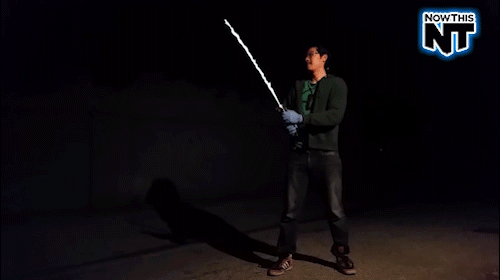
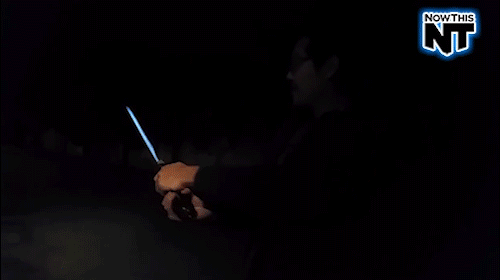

REAL LIFE LIGHTSABER ALERT!
The guy that made the real life version of Mjolnir has crafted another real version of a fictional weapon: a functioning lightsaber. Allen Pan made the fabled Jedi weapon out of an igniter, butane, methanol and acetone which creates a focused pillar of flame. It even makes real sounds! Now, of course this isn’t a conventional lightsaber and you shouldn’t try this at home but it’s awesome that somebody finally accomplished something close! GIVE THIS MAN A GRANT.



Kryptos is an encrypted sculpture by the American artist, Jim Sanborn, that is located on the grounds of the Central Intelligence Agency (CIA) in Langley, Virginia. Since its dedication on November 3, 1990, there has been much speculation about the meaning of the encrypted messages it bears. Of the four messages, three have been solved, with the fourth remaining one of the most famous unsolved codes in the world. The sculpture continues to provide a diversion for cryptanalysts, both amateur and professional, who are attempting to decipher the final section. The sculptor has given clues on several occasions.
The solved messages can be read here: [x]
(Fact Source) For more facts, follow Ultrafacts

The strange tale of the Snowflake Man
Wilson Bentley caused a flurry with his pioneering pictures of individual snowflakes, and his results are astonishing – so why was he seen as an oddball outsider?

The New York City Department of Consumer Affairs compared nearly 800 products with female and male versions — meaning they were practically identical except for the gender-specific packaging — and uncovered a persistent surcharge for one of the sexes. Controlling for quality, items marketed to girls and women cost an average 7 percent more than similar products aimed at boys and men.


Questioning the reliability of research
This year, one of the top five most talked-about research studies was on the reliability of research findings.
The Reproducibility Project is a vast, multi-institution effort aimed to measure how often researchers could replicate psychology experiments and yield the same result. For the project, 270 academics, including researchers at UC Riverside, UC San Francisco and UC Davis, attempted to replicate the findings from 100 recently published psychology experiments.
They failed twice as often as they succeeded; in fact, only 36 percent of the replicated studies yielded results consistent with earlier findings.
That doesn’t necessarily indicate the original research wasn’t accurate or reliable, researchers say. Many factors, including a lack of detail into methodology, can influence replicability. But the report — published in August in the journal Science — does highlight the challenge of producing reliable findings and suggests that more could be done to enable replicatable results.
Read the other research stories that got the world buzzing in 2015 →